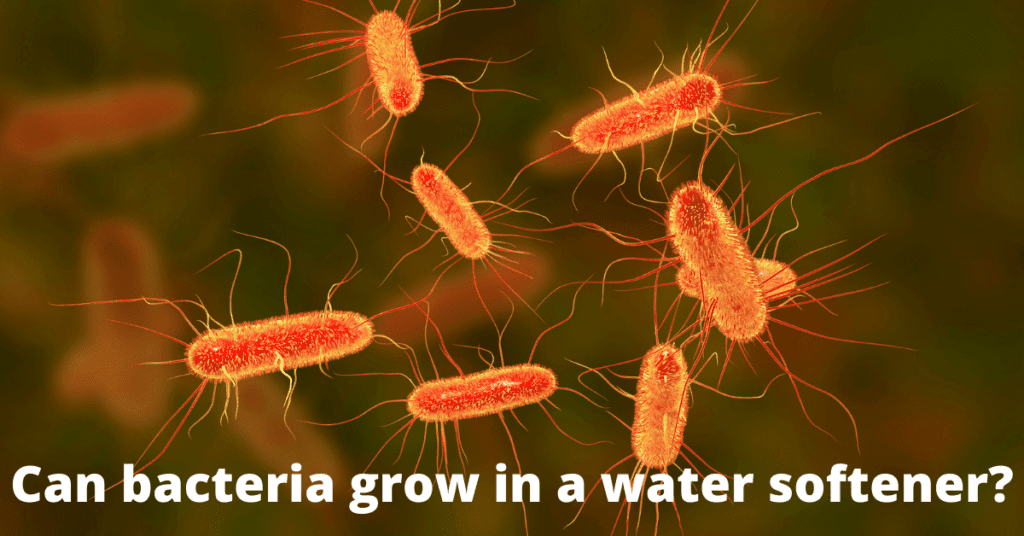
Yes, bacteria can grow in a water softener. Contaminated water can buildup in the tank of a water softener and get distributed throughout your home every time you use it making you vulnerable to illness.
This is especially dangerous because viruses are often transmitted through biological means whereas bacteria tend to be transmitted through air and water softener tank contains both.
The following article will explain how bacteria could be found in a water softener as well as why it’s essential for you to get it checked out by a professional soon.
Table of Contents
How do bacteria get into a water softener?
There are two primary routes in which a water softener ends up with contaminated water:
1. The small drain line that empties into the room below a water softener, often called a “floor drain” or “mud puddle.”
2. Poorly drained areas around home’s foundation such as flower beds and patios.
The problem with a mud puddle is that it’s a standing water source and the most efficient means of bacterial growth is in a warm, moist environment. This can happen very quickly if the area isn’t properly drained away from home creating an excellent habitat for bacteria to develop.
Bacteria will enter home from these areas via a water softener’s drain line. This can be prevented by installing a backflow preventer on the line, although they’re not very common.
How can you tell if there is bacteria in a water softener?
As we said above, bacteria can enter home via a water softener’s drain line and infect you and your family through the contaminated water that is distributed throughout.
The best way to be sure of whether or not there is bacteria in a water softener is to have a professional check it out every six months as recommended by the Environmental Protection Agency.
When should you have a water softener checked for bacterial growth?
Typically yearly inspections are sufficient for detecting bacterial growths; however, if family members at your home are getting ill too often, it may be necessary to have water tested more frequently.
It’s also important to have the tank drained and cleaned every time there is a change in ownership of the property as well as after water has been sitting in the tank for a long time (months at a time).
Water softeners, like a septic tank or a hot tub, can easily become contaminated and pose a danger to the health of your family if not properly maintained.
If you have any questions about how to spot signs of bacterial growth in your water softener, consult with a professional from your area that specializes in water testing.
How to prevent microbes from living in a water softener?
The most obvious step you can take to avoid having bacteria living in a water softener is to have it regularly cleaned and inspected.
We strongly recommend that you consider installing a reverse osmosis system for drinking water and cooking purposes. These typically come with a membrane that gets changed every six months to prevent bacteria growth.
Also, you can install ultraviolet sterilizers on your faucets and showerheads to kill viruses and bacteria as they enter your home.
These are all great options to consider to get your home’s water supply cleaned up and make it as safe as possible.
Conclusion
Bacteria can be found in a water softener and it’s important to have the tank checked out by a professional.
If people in your family are getting sick too often, we recommend installing a reverse osmosis system for drinking purposes as well. It’s also possible that bacteria is responsible for some or all of those illnesses.
So, if you suspect something may be wrong, don’t hesitate to call someone who specializes in water testing.
